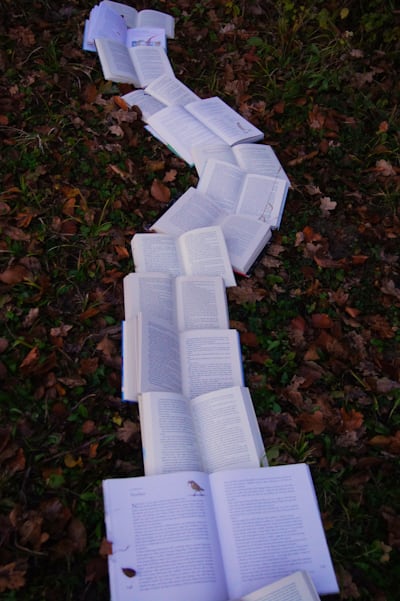It’s
ModPo time! This is the 7th year I’m dipping into the fabulous 10 week MOOC (Massive Open Online Course) on modern experimental US poetry. Emily Dickinson is kind of like the course mascot. It begins with her and she is referenced (along with her partner-in-crime and opposite from a Yin Yang point of view, Walt Whitman) throughout the course. The course always has new material and is always fresh and a little different but every year we are encouraged (it’s always optional, like everything in this exceptional course) to write and comment on four essays through the 10 weeks of the course. The first is always a close reading of an Emily Dickinson poem. This year’s is a poem that I haven’t read before (Dickinson’s output is pretty extensive for someone who never published during her life) ostensibly titled “This Is My Letter To The World”. The full text of the poem is:
This is my letter to the world,
That never wrote to me,--
The simple news that Nature told,
With tender majesty.
Her message is committed
To hands I cannot see;
For love of her, sweet countrymen,
Judge tenderly of me!
Following is my close reading essay.
Emily Dickinson’s “This is my letter to the World” has hints of her more famous poem “I dwell in Possibility”, with its opening word “This” conjuring “For Occupation – This–“ and the use of the word “Hands”, which are no longer “narrow”, but vast, unknown, and potentially plural. “This” refers to the poem itself – the poet's “letter to the world”, a gift to the future reader. The word that opens the poem becomes codified as “letter” which is both a metaphor for the poe, and a synecdoche for the full collected output of the poet. The use of capitalisations creates emphasis – not just on the first letter of each stanza, but of words that seem to stand on their own: “World”, “Me”, “News”, “Nature”, “Majesty”, “Message”, “Hands”, “Love”, “Her”, “Sweet”, which produces a sonic heft that adds to the power of these words and provides a focus or downward beat which overrides the iambic singsong of the more familiar rhythm of the poem.
The poem uses formal structure: an iambic metre with alternating lines of 8 and 6 syllables, two quatrains; and the rhyming of alternate stanzas: Me, Majesty and see. Although the metre doesn’t change throughout the poem, the poem is enriched by the non-rhyming lines between the rhyming ones, by the repetitions of the word “Me”, “tender” and “tenderly”, and by the rolling alliteration throughout: never/News/Nature; Me/Majesty/Message; This/That/The. Dickinson’s characteristic dashes and shortish lines give the work a forward thrust and energy, reminding us that this is a modern poem that is reaching towards the future, trusting in posterity as a means of immortality, of connection and almost mystic communication.
There is also a sense that the poem itself is a conduit for “Nature” – the “simple news”. In this sense, “This is my letter to the World” is a meta poem, about the way poetry works its magic, creating a connection between the writer and an unknown reader: “Hands I cannot see”. As readers, we are drawn into the poem as recipient, but also as the critic with the power to judge harshly. We are humbly asked to equate the poem with the natural world and possibly in the context of its time and “Judge tenderly”. The poet is being aligned with nature; a way of perceiving. The poem is therefore both intimate – a warm confidence to a single reader asked to read with empathy and care, and grand – hinting at an Ars Poetica – the justification of poetry and the power it has to transcend time and space. The poem creates a dichotomy between male (the reader perhaps – as countrymen) and female – the “Her” who is both poet and [mother]“Nature” – the bigger, more primal force (“Majesty”), in spite of its “tender” quality. Though seemingly simple, “This is my letter to the World” has the Dickinsonian twist in which it appears to grow larger than the confines of its tidy structure and speak of something large, primal, powerful and essential in the act of creating poetry, which is both humble and majestic.


